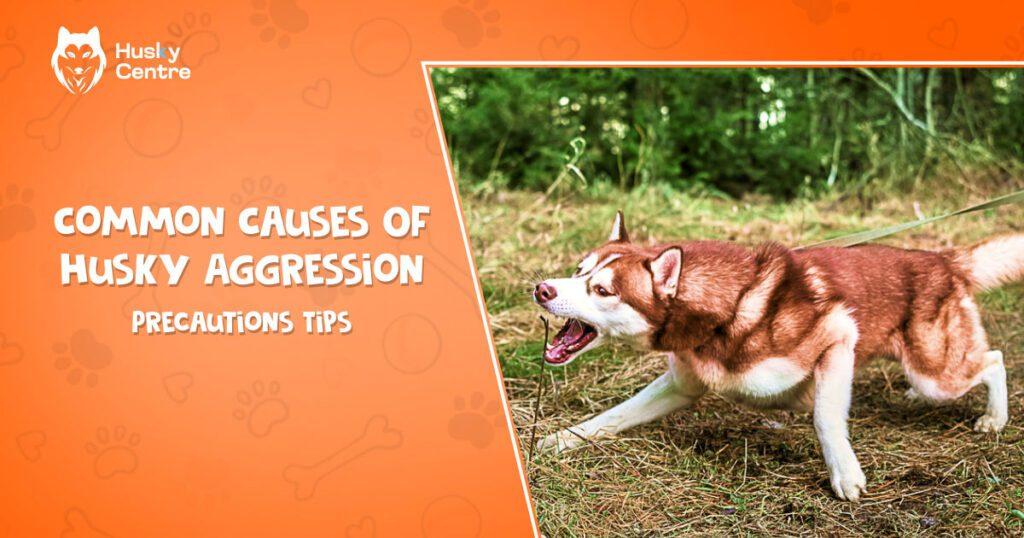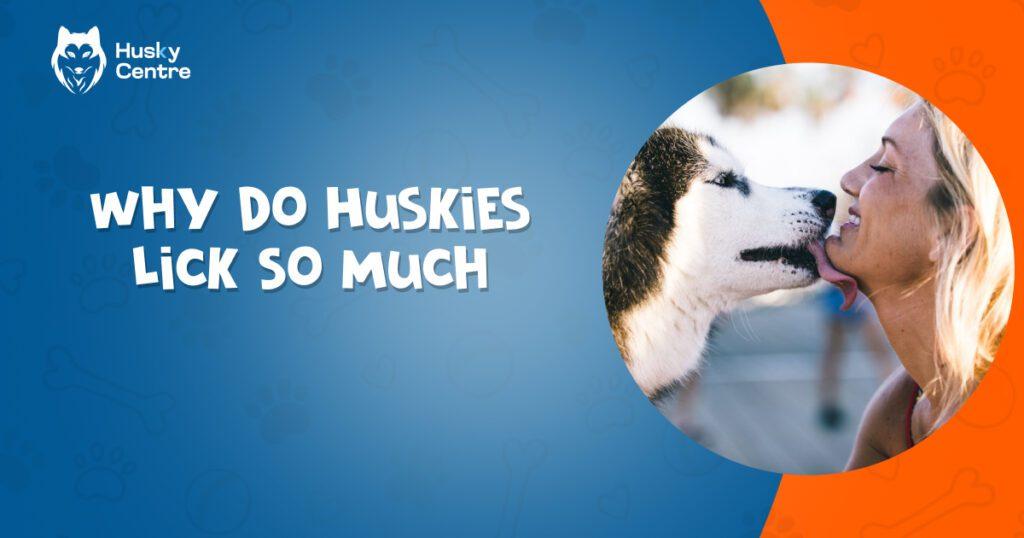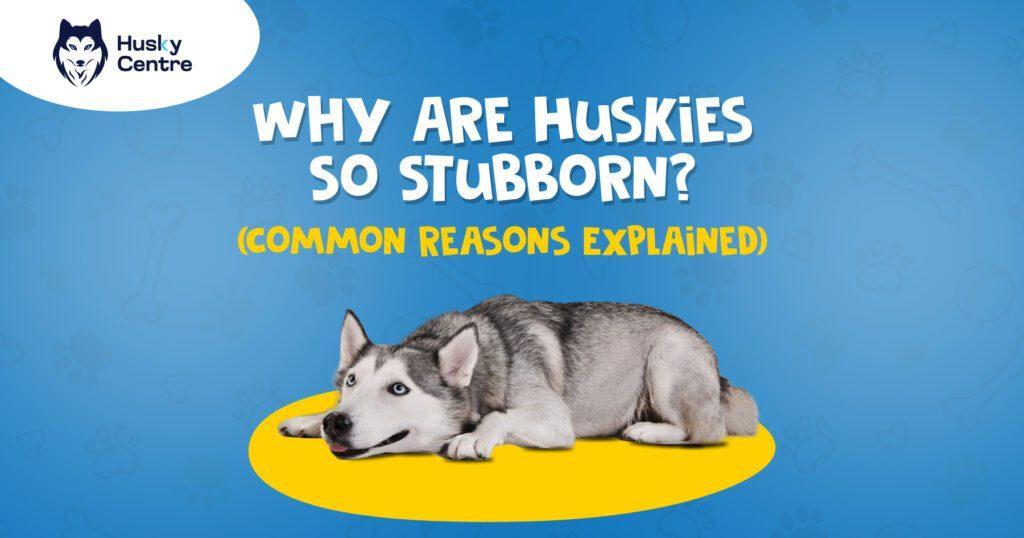To deal with an aggressive Husky, establish clear boundaries and use positive reinforcement. Consistent training and socialization are key.
Huskies are known for their energetic and independent nature. Sometimes, this can lead to aggressive behavior. Understanding the root cause of aggression is crucial. It could stem from fear, lack of socialization, or dominance issues. Addressing these underlying problems can help in managing their behavior.
Training should be consistent and involve positive reinforcement techniques. Socialization with other dogs and people from an early age can also be beneficial. Exercise is essential for Huskies, as it helps to burn off excess energy that may contribute to aggression. Patience and persistence are essential in transforming an aggressive Husky into a well-behaved companion.
Identifying Aggression In Huskies
Understanding your husky’s behavior is crucial for a happy relationship. Identifying aggression early helps in addressing the issue effectively. This section will guide you on recognizing signs, triggers, and causes of aggression in huskies.
Common Signs
- Growling: A clear indication of discomfort or threat.
- Baring Teeth: Shows that your husky feels cornered or scared.
- Lunging: Indicates an intention to attack or defend.
- Snapping: A warning sign before a bite.
- Stiff Body Posture: Sign of readiness to act aggressively.
Triggers And Causes
| Trigger | Possible Causes |
| Strangers | Fear or lack of socialization |
| Other Dogs | Territorial behavior or dominance issues |
| Food | Resource guarding |
| Touching Certain Areas | Pain or sensitivity |
Recognizing aggression in your husky is the first step. Addressing triggers and causes helps in managing the behavior effectively.
Immediate Actions To Take
Dealing with an aggressive Husky can be challenging. Immediate actions can help manage the situation effectively. This section provides practical steps to calm your Husky and ensure safety.
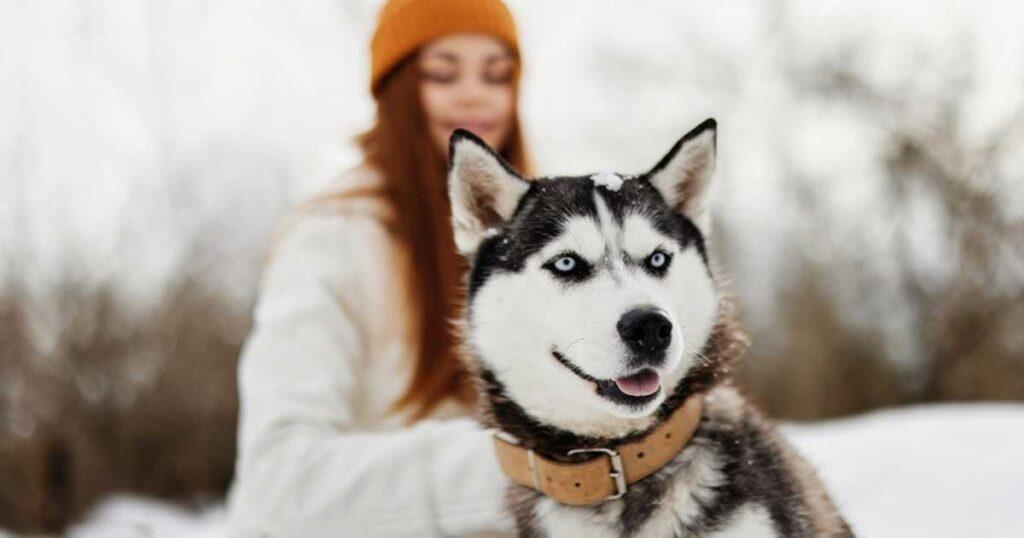

Calming Techniques
To calm an aggressive Husky, use these techniques:
- Speak Softly: Use a gentle, soothing voice.
- Avoid Eye Contact: Direct eye contact can be seen as a threat.
- Offer a Distraction: Give a favorite toy or treat.
- Use a Calming Command: Teach commands like “Sit” or “Stay”.
Ensuring Safety
Safety is crucial when dealing with an aggressive Husky. Follow these steps:
- Maintain Distance: Keep a safe distance to avoid bites.
- Secure the Area: Ensure the area is free of hazards.
- Use a Leash: Keep your Husky on a leash to control movements.
- Call for Help: Contact a professional trainer if needed.
| Technique | Action |
| Calming Technique | Speak softly, avoid eye contact, offer a distraction. |
| Ensuring Safety | Maintain distance, secure the area, use a leash. |
Long-term Strategies
Dealing with an aggressive Husky requires patience and persistence. Long-term strategies are essential for achieving lasting results. Focus on consistent training, proper socialization, and understanding your Husky’s needs.
Training For Obedience
Training your Husky for obedience is crucial. Use positive reinforcement techniques.
- Reward good behavior with treats and praise.
- Ignore or redirect bad behavior instead of punishment.
- Use short training sessions to keep your Husky engaged.
Consistency is key. Practice commands like sit, stay, and come daily. Enroll in obedience classes for structured training.
Socialization Tips
Socializing your Husky helps reduce aggression. Expose them to different environments and people.
| Activity | Frequency | Duration |
| Puppy Play Dates | Weekly | 1 Hour |
| Walks in the Park | Daily | 30 Minutes |
| Meet New People | Weekly | Varies |
Use a leash during initial socialization. Gradually increase exposure to new situations.
Always supervise interactions with other animals and children. Correct unwanted behaviors immediately.
Professional Help
Dealing with an aggressive Husky can be challenging. Sometimes, professional help is necessary. Experts can offer guidance and solutions for your pet’s behavior issues.
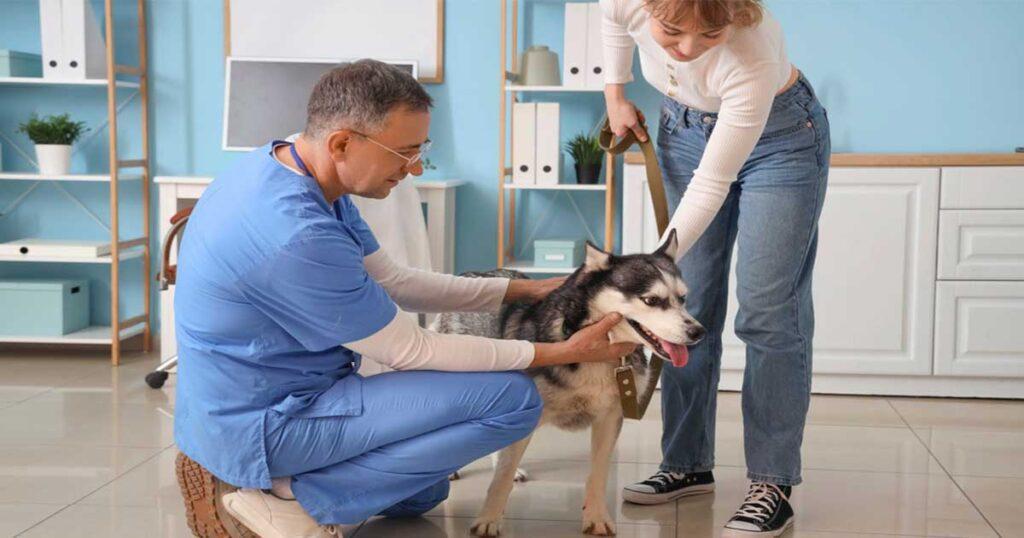

When To Seek Assistance
Knowing when to seek professional help is crucial. If your Husky shows aggression often, it’s time to act. Aggression includes growling, biting, or snapping. Immediate help is required if anyone is hurt. Aggressive behavior towards other pets is also a red flag.
Here is a quick checklist to determine if you need professional help:
- Frequent growling or barking
- Attempts to bite or snap
- Unprovoked aggression towards humans or pets
- Increased aggression over time
- Difficulty in controlling the dog
Choosing The Right Trainer
Finding the right trainer is essential for your Husky’s improvement. Look for trainers with experience in handling aggressive dogs. Check their credentials and read reviews.
Consider the following points while choosing a trainer:
| Criteria | Importance |
| Experience | High |
| Certifications | Medium |
| Reviews | High |
| Training Methods | High |
Ask the trainer about their methods. Positive reinforcement techniques are recommended. Avoid trainers who use punishment or fear-based tactics. These can make aggression worse.
Lastly, ensure the trainer is patient and kind. Aggressive Huskies need understanding and care. The right trainer can make a big difference.
Exercise And Mental Stimulation
Huskies are energetic and intelligent dogs. They need both physical exercise and mental stimulation to stay happy. Without this, they can become aggressive. Let’s explore how to keep your Husky active and engaged.
Daily Exercise Routine
Huskies need a lot of exercise every day. They love running and playing outside. Here is a simple daily exercise routine for your Husky:
- Morning Walk: Start with a 30-minute walk.
- Afternoon Play: Spend 20 minutes playing fetch or tug-of-war.
- Evening Jog: Go for a 30-minute jog or run.
Make sure to vary the activities. This keeps your Husky excited and prevents boredom.
Interactive Games
Interactive games are great for mental stimulation. These games challenge your Husky’s brain and keep them engaged. Here are some fun games you can try:
- Hide and Seek: Hide a treat and let your Husky find it.
- Puzzle Toys: Use toys that dispense treats when solved.
- Training Sessions: Teach new tricks or commands.
These games make your Husky think. They also strengthen your bond.
| Game | Benefit |
| Hide and Seek | Improves sense of smell and focus |
| Puzzle Toys | Enhances problem-solving skills |
| Training Sessions | Boosts obedience and trust |
By following these tips, you can help your Husky stay happy and calm. Consistent exercise and mental stimulation are key to preventing aggressive behavior.
Diet And Nutrition
Diet and Nutrition play a crucial role in managing your Husky’s aggression. Proper nutrition can significantly impact your dog’s behavior and overall well-being. In this section, we will explore the impact of diet on behavior and provide a list of recommended foods to help maintain a balanced diet for your Husky.
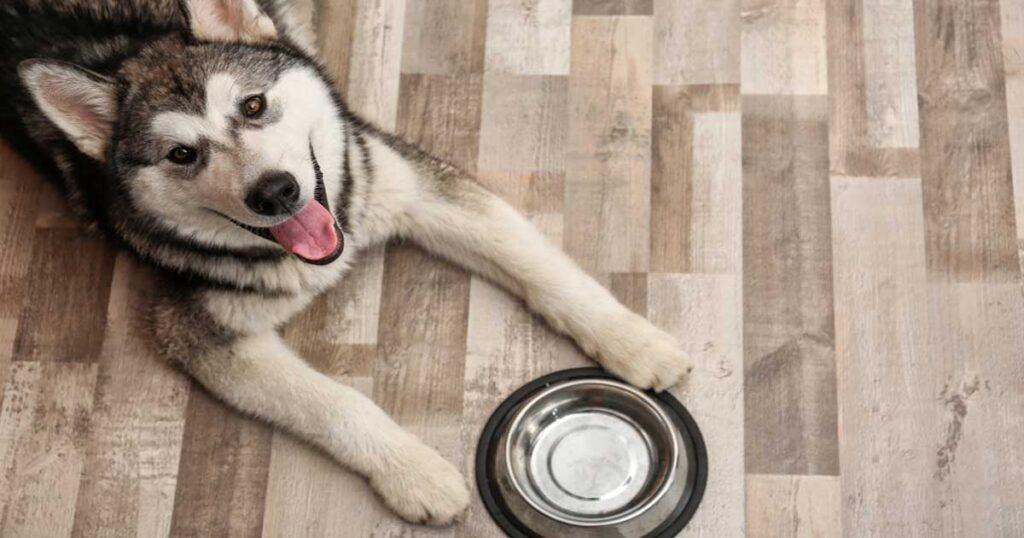

Impact On Behavior
A Husky’s diet affects their mood and behavior. Poor nutrition can lead to aggression, anxiety, and hyperactivity. A diet rich in essential nutrients helps in reducing aggressive tendencies.
Protein is vital for muscle health and energy levels. Too much protein can make a Husky hyperactive and aggressive. A balanced diet with the right amount of protein is crucial.
Omega-3 fatty acids are known to have calming effects. These fatty acids help reduce inflammation and improve brain function. Including them in your Husky’s diet can promote a calmer demeanor.
Recommended Foods
Choosing the right foods for your Husky is essential. Here is a list of recommended foods that can help manage aggression:
- Lean meats: Chicken, turkey, and fish are great protein sources.
- Whole grains: Brown rice, quinoa, and oats provide essential carbs.
- Fruits and vegetables: Blueberries, carrots, and spinach are rich in vitamins and antioxidants.
- Omega-3 rich foods: Flaxseed, chia seeds, and fish oil are excellent sources.
Here is a sample daily meal plan for a Husky:
| Meal | Food Item |
| Breakfast | Boiled chicken with brown rice and spinach |
| Lunch | Turkey with quinoa and carrots |
| Dinner | Fish with oats and blueberries |
Ensure your Husky’s diet is balanced and nutritious. This approach can significantly help in managing aggressive behavior.
Communication And Bonding
Understanding and bonding with your aggressive Husky is crucial. It helps build trust and reduces aggression. Effective communication is key to a happier relationship.
Understanding Your Husky
Huskies have unique temperaments and needs. They are intelligent and energetic dogs. Knowing their behavior helps in managing aggression.
- Body Language: Observe their posture and movements.
- Vocal Cues: Listen to growls, whines, and barks.
- Triggers: Identify what causes their aggression.
Building Trust
Building trust with your Husky takes time and patience. A strong bond reduces aggressive behavior.
- Consistent Routine: Maintain a regular feeding and walking schedule.
- Positive Reinforcement: Reward good behavior with treats and praise.
- Spend Quality Time: Play and exercise together daily.
| Activity | Frequency |
| Training Sessions | Daily |
| Playtime | Twice a day |
| Walks | Morning and Evening |
Success Stories
Many owners have successfully managed their aggressive Huskies. Their stories provide hope and strategies for others. This section highlights some of these triumphs.
Case Studies
| Owner | Issue | Solution | Outcome |
| John Doe | Food Aggression | Consistent Training and Positive Reinforcement | Calm Mealtime Behavior |
| Jane Smith | Leash Aggression | Behavioral Therapy and Socialization | Friendly Walks |
Testimonials
- John Doe: “Training turned my aggressive Husky into a gentle giant.”
- Jane Smith: “Behavioral therapy was the key to solving leash aggression.”
- Emily Johnson: “Socialization helped my Husky become friendlier.”
Frequently Asked Questions
What Is The Best Way To Discipline A Husky?
Use positive reinforcement and consistent training. Reward good behavior with treats and praise. Establish clear boundaries. Avoid harsh punishment. Provide ample exercise and mental stimulation.
What To Do If Your Husky Growls At You?
Stay calm and avoid making sudden movements. Identify the cause of the growl. Consult a professional trainer for guidance. Ensure your husky’s needs are met. Use positive reinforcement to build trust.
Why Is My Husky Trying To Bite Me?
Your husky might be trying to bite due to teething, playfulness, fear, or lack of training. Provide consistent training and socialization. Consult a vet or professional trainer if behavior persists.
How Do You Get A Husky To Respect You?
Establish yourself as the pack leader through consistent training. Use positive reinforcement and set clear boundaries. Socialize your Husky properly. Maintain a calm and assertive demeanor. Ensure regular exercise and mental stimulation.
Conclusion
Training an aggressive husky requires patience, consistency, and understanding. Positive reinforcement and professional help are crucial. Building trust and using proper techniques can transform behavior. Always ensure your husky feels secure and loved. With dedication, you can turn aggression into affection and enjoy a well-behaved companion.
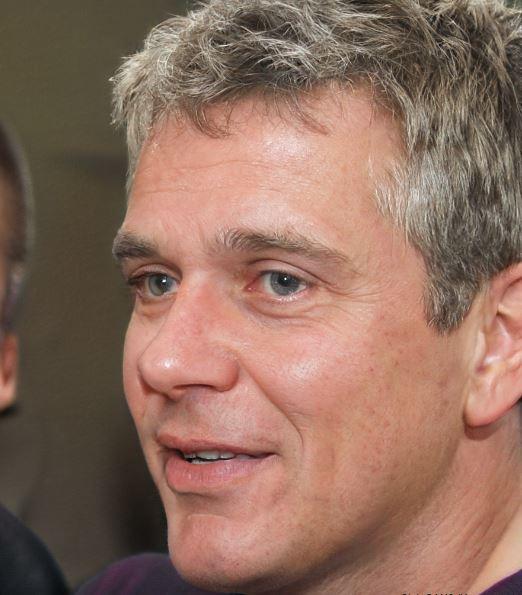

Meet Jarred, the heart and soul behind HukyCentre. With a deep affection for furry friends, he pours his passion into every word he writes. His genuine love for dogs shines through in his engaging and informative content. As a dedicated dog enthusiast, Jarred’s goal is to share valuable insights and tips that resonate with fellow dog lovers. Join Jarred on the journey as he celebrates the joy and companionship that dogs bring into our lives.

